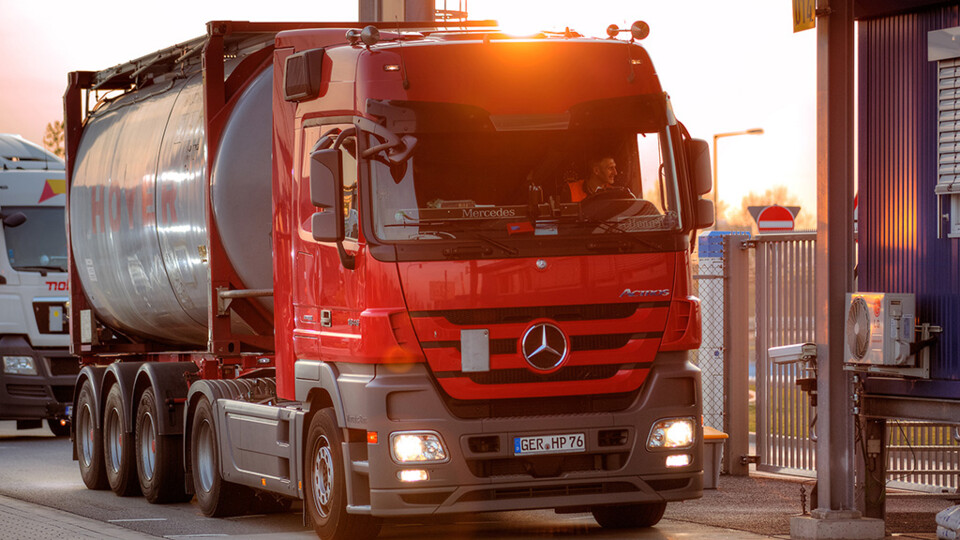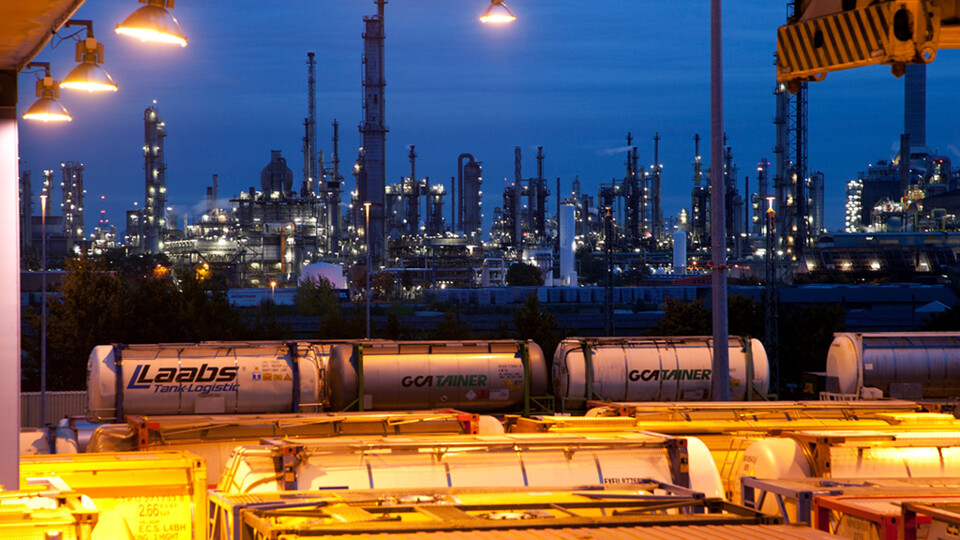

In an increasingly globalized world in which trade, mobility and logistics are key factors for economic progress, the efficiency and sustainability of transport solutions is becoming more and more important. Intermodal transport has established itself as a pioneering response to the challenges of modern society. By integrating different modes of transport such as road, rail and water, intermodal transport not only offers a wide range of options, but also promises considerable benefits for society. The focus is not only on economic aspects, but also on environmental aspects, resource efficiency and the optimization of traffic flow.
Relieving the roads
Reduction of CO2 emissions
High transport safety
Supply and system relevance
Those who use combined transport contribute to relieving the burden on the road infrastructure. With an annual volume of 30 million tons in the road/rail sector, more than two million truck journeys are saved each year.
Due to the fact that rail transport requires less energy per transported ton, around 80 percent of climate-damaging carbon dioxide is saved.
The advantages of rail transport are particularly important not only for hazardous goods, but also for all other goods with safety requirements: the track-guided transport route, central operational control and monitoring, train path radio and running according to a timetable are the basis for safe transportation by rail. Accidents are extremely rare, not only because of the safety advantages of the "rail" system, but also due to the observance of a wealth of regulations and monitoring measures.
Intermodal transport plays a systemically relevant role in various sectors of our economy. Especially in times of crisis, such as the coronavirus pandemic, supply-relevant goods and commodities were transported by rail using combined transport, both within Germany and across borders. The CT sector thus contributes to economic stability by maintaining transport processes and strengthening resilience to external influences.

